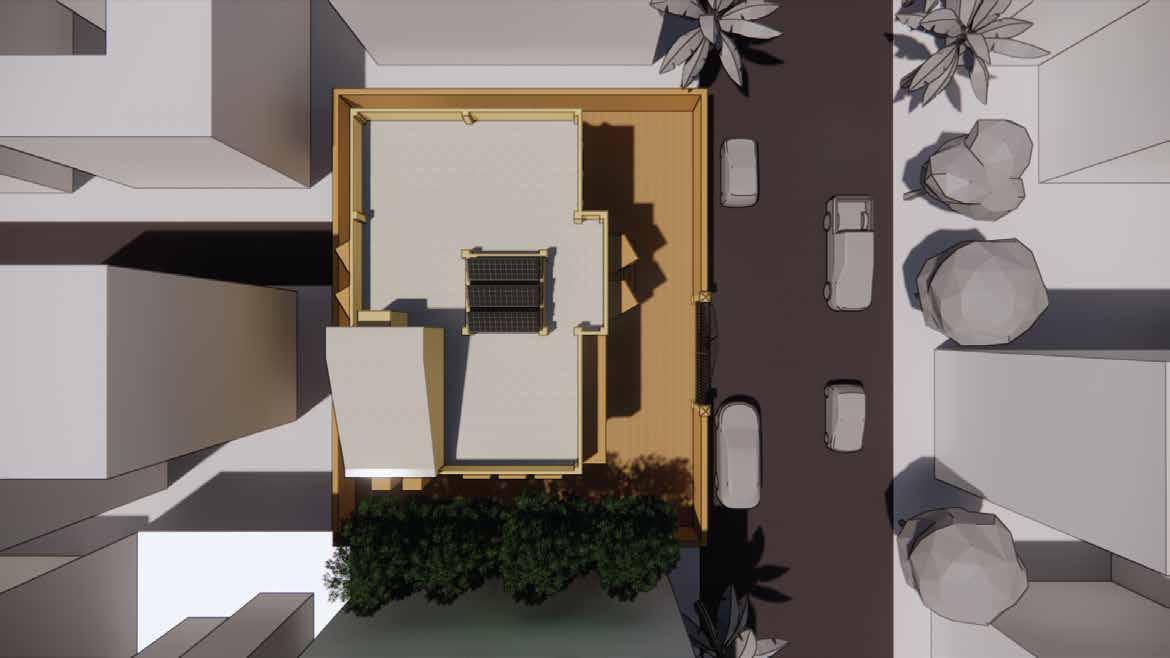

Jaisalmer Climate Context :
Jaisalmer is situated towards the western portion of Thar desert at latitude 26o54'N and longitude 70o55'E. The climate is influenced by its position amidst the great Indian desert. The region experiences arid climate throughout the year. The surrounding region is rocky and barren, relieved by sparse, scrubby weeds, but no trees. Jaisalmer falls at more extreme end of hot dry climate, within which can be identified four different seasons, pre-monsoon, monsoon, post-monsoon and winter
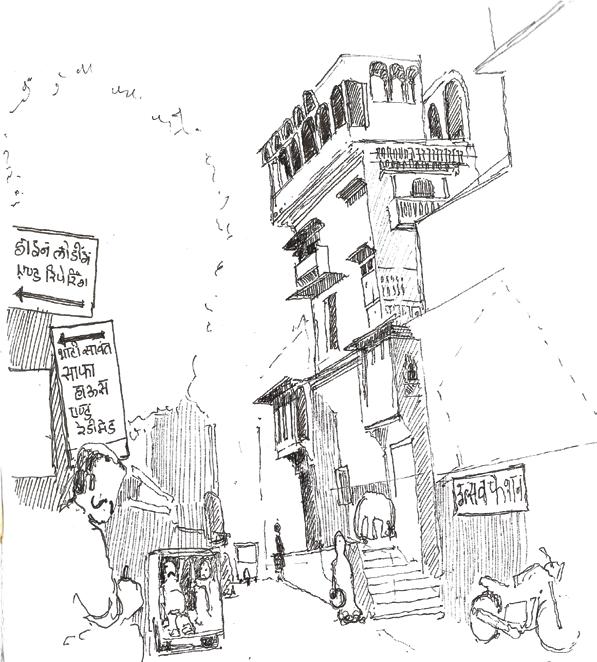
_Pre-monsoon, which is the hottest season, extends from April to June, with the daytime temperature often exceeding 45oC, cooling down to a minimum of 26oC at night.
_Monsoon arrives in mid-July. The daytime temperature reaches a peak value of around 36oC, and during night time conditions have minimum temperature of around 28oC.
_Post monsoon, starting early to mid September, daily temperatures range from about 20oC at night to over 35oC in daytime.
_Winter is extends from December to March, January being the coldest month. The daytime temperatures for this period peak in middle twenties, dropping to less than 10oC at night.
o Solar radiation is intense throughout the year - 800-950 W/m^2.
o Apart from very short monsoon season, relative humidity is very low (25-40%), with precipitation generally less than 500mm/year.
o The prevailing wind direction is south westerly but for four months of the year, November through to February, the wind blows from North-East.
General strategies for Hot and dry climate :


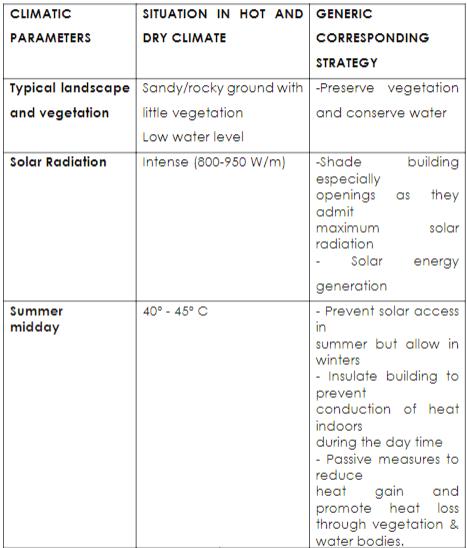
Climate data analysis :
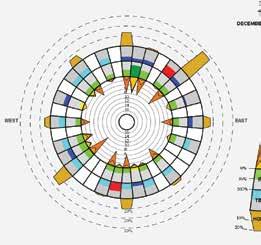

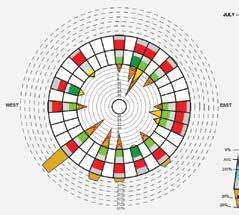


Monsoon
Evaporative cooling, South-western wind, Shrubs & higher sill to avoid sand
South-western wind, Shrubs & higher sill to avoid sand
North & north-eastern wind, Evaporative cooling

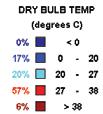


Passive heat gain

Design overview :
Site is located in a residential area of Jaisalmer. Traditionally residential layouts of this region are compact with narrow street to oveshade eachother.
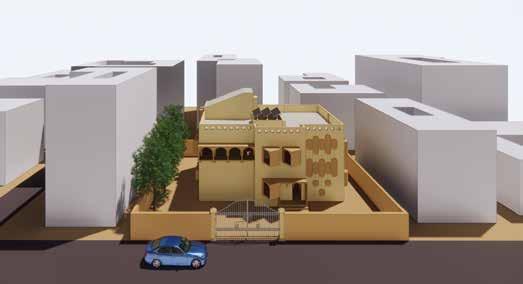

O Neem trees has been planted on soth side of site to overcast shadow on south facade.
O Small bushy plants on direction of wind to avoid sand. And also high sill level on south for the same reason.
O Hollow mud brick wall for bettar heat insulation. sunshade and projections are of local sand stone.
O Ceraamic tiling on roof to better insulate heat transmissio.
O Walls are painted with ligh yeollow colour to reduce radiation transmission.
O Central courtyard as wind shaft.
O Pool under staircase on soth western wind direction for evaporative cooling.
O Bedrroms are north east corner for better thermal comfort.
O Window shading are designed to avoid direct solar radiation.
Top view Front viewShading device calculation :


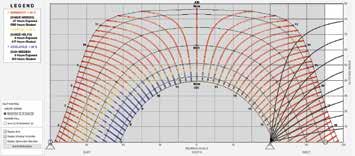

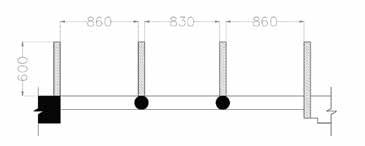
HSA= 60o , Fin depth= 1000 tan60o =578mm
Fin depth= 860 tan60o =498mm
Balcony:
Bedroom window: tilted fins for reflected & diffused light


HSA= 45o , Fin depth= 1420 tan45o =1420mm
Livingroom window: tilted fins for reflected & diffused light
Shading device calculation :

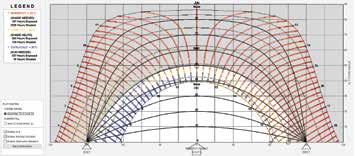

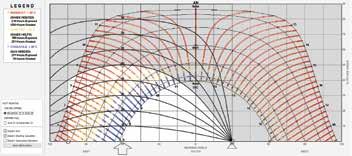

HSA= 75o ,
Fin depth= 1000 tan75o =578mm
VSA=50o , Overhang depth = 800 tan50o =420mm
Overhang depth = 1200 tan50o =630mm
Kitchen:
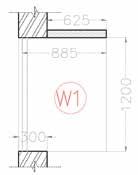
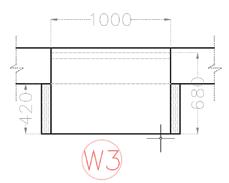
Wind Pavilion:
HSA= 45o , Fin depth= 1420 tan45o =1420mm
VSA=50o , Overhang depth = 1000 tan50o =524mm
Entrance window: tilted fins for reflected & diffused light
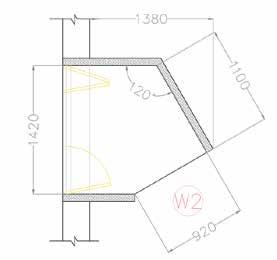
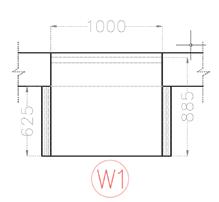
Scale_1:150

Floor Plans :
Scale_1:150

Sectional view through BB'
Sections :
Section through dining, curtyard & bedrooms towards west
Section through living, curtyard & entrance towards north
Section through entrance, curtyard & living towards south
Section through stairs, living, batroom & balcony towards east


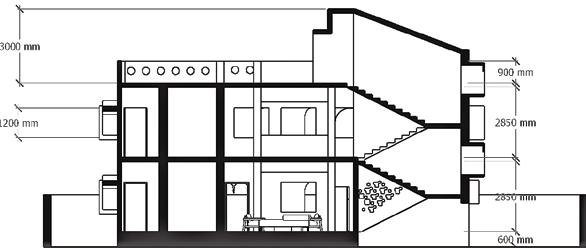
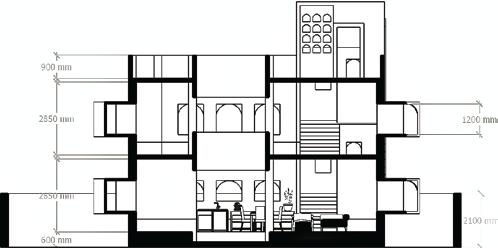


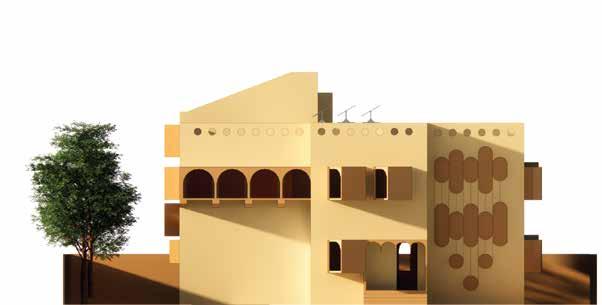

Living




Annual useful daylight illuminance :
Optimum UDI percentage
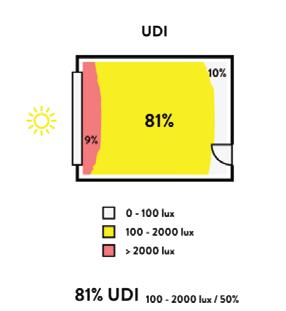
Inference
Most of the spaces are well lit. Balcony and wind pavilion on 1st floor have excess light.
GROUND FLOOR


UDI-a (100 - 3000 lux): 73.86%
UDI-s (<100 lux): 10.99%
UDI-e (>3000 lux): 15.15%
FIRST FLOOR
UDI-a (100 - 3000 lux): 57.45%
UDI-s (<100 lux): 2.69%
UDI-e (>3000 lux): 39.86%
Annual energy demand and offset :
Renewable energy sourcing
3 300watt solar panel ovcourtyard opening, which also shade the court during high altitude of son
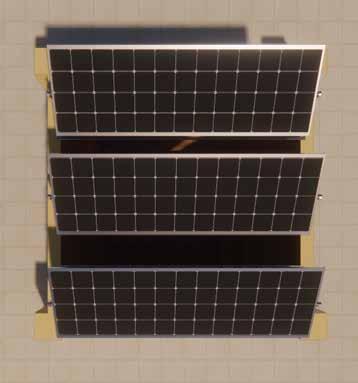
Annual Water demand and offset :
Average Day Water Demand: ADD = Daily average water demand
Maximum Day Water Demand: MDD = 1.4 x ADD
Peak Hour Water Demand: PHD = 2.3 x ADD
ADD: Average daily water demand = 225 L/capita/day + 10%
Calculation for 2BHK residence:

Considering maximum 5 people as resident.
ADD= 225L x 5 + 10% = 1125L + 112.5L = 1237.5L
MDD= 1.4 x 1237.5L = 1732.5L =1800(Approx)
Annual water demand =1800 x 365 = 657000L
Roof area = 102.24M2 - 10.9M2 = 91.34M2
Considering Total average rainfall in year and roof area 91.3.
So, Annually (0.194 x 91.34) = 17.72 M3
=17720 L water can be collected from rainfall.
Therefor, (17720/657000) x100 = 2.7% water demand can be offset.
End.

